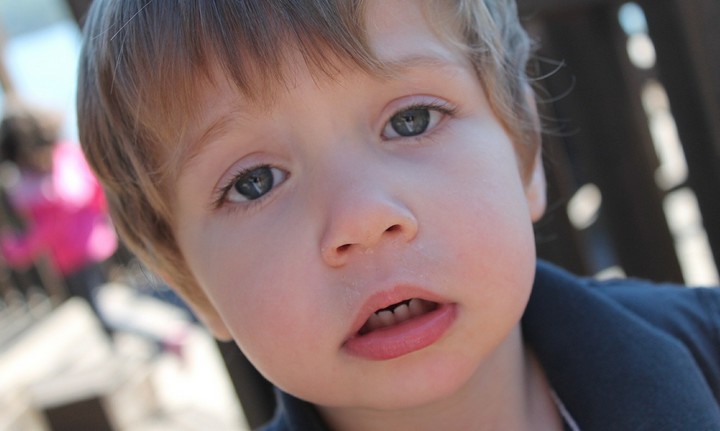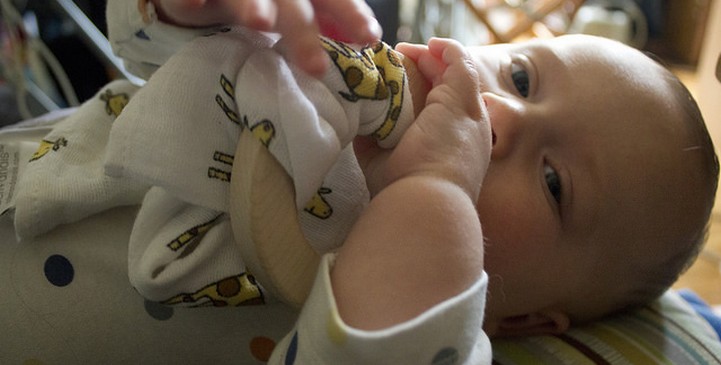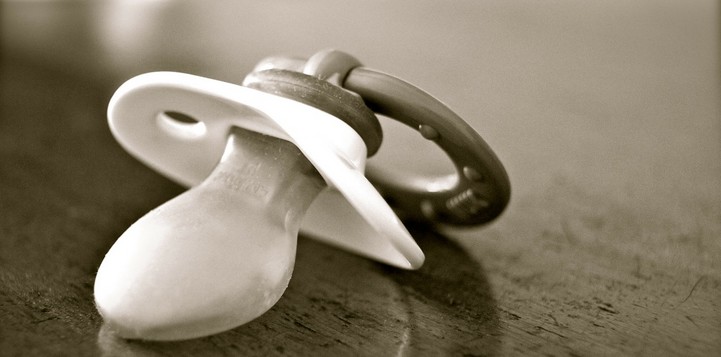
Hearing a disclosure — a child telling you that someone has abused or hurt him — can be scary for child care providers. Many thoughts may run through your mind. You may be worried about the child and yourself, unsure of how to respond or what to say, or angry with the parent or alleged abuser. Responding to a disclosure of abuse or neglect is a big responsibility.
Being Sensitive Is Essential
Children often are reluctant to tell about abuse. …






